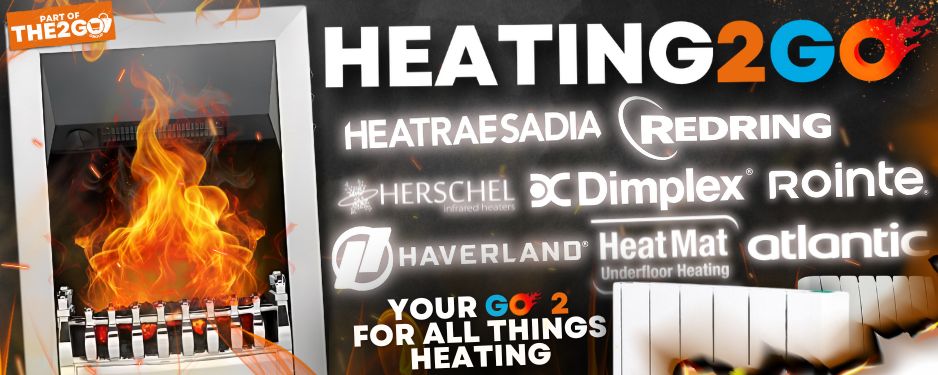Hi Chris (and whoever else is reading),
The cylinder was there in 2006. How much older than that, I do not know.
Well, yes, I am surprised there is not a collection of limescale flakes at the base. Not bad for its age. I've taken out cylinders that are perhaps 50 years old, but this was not even a tenth as much limescale.
Thank you. I find it interesting to see how things work in real world situations, and I'm glad you appreciate the sharing. It would be interesting to compare how other systems of this kind are functioning. I do have a couple of friends/family/customers who might let me run the experiment, but I digress.
The primary pipework is around (2 x 7m of 22mm) 4.5l, and heat exchanger water content is another 6l. Round the total to 11l and it shouldn't be far off.
Given that the F&E was not covered and therefore subject to increased evaporation when I bought the place, I would imagine there is very likely to be quite a lot of limescale in the boiler.
The cylinder was there in 2006. How much older than that, I do not know.
Well, yes, I am surprised there is not a collection of limescale flakes at the base. Not bad for its age. I've taken out cylinders that are perhaps 50 years old, but this was not even a tenth as much limescale.
Thank you. I find it interesting to see how things work in real world situations, and I'm glad you appreciate the sharing. It would be interesting to compare how other systems of this kind are functioning. I do have a couple of friends/family/customers who might let me run the experiment, but I digress.
The primary pipework is around (2 x 7m of 22mm) 4.5l, and heat exchanger water content is another 6l. Round the total to 11l and it shouldn't be far off.
Given that the F&E was not covered and therefore subject to increased evaporation when I bought the place, I would imagine there is very likely to be quite a lot of limescale in the boiler.


